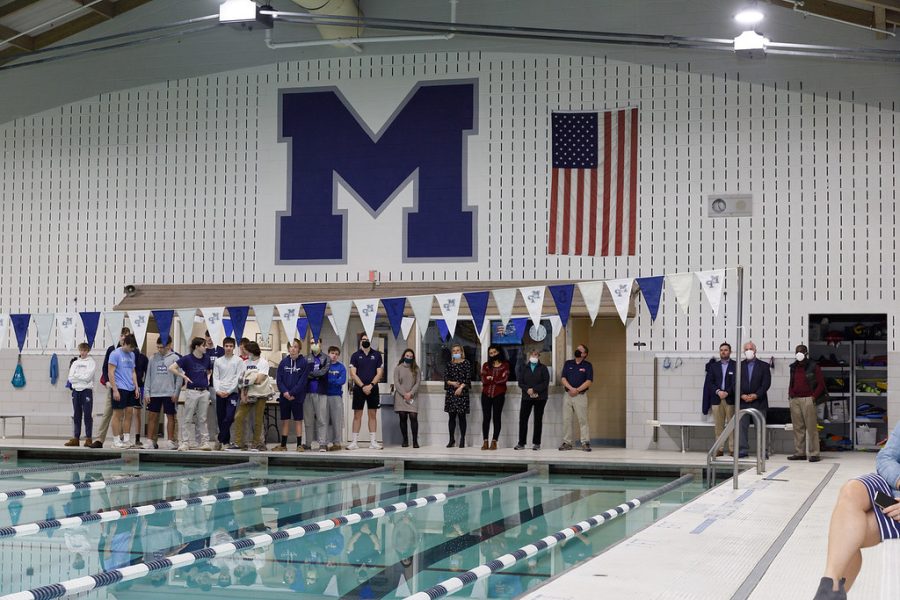The “Phone Wars” are the geek equivalent of rooting for your favorite sports team. And although android has historically been the underdog, in 2012 we saw a rather large change in market share. Samsung, android’s largest device manufacturer, sold more smartphones than any other company this year. Samsung’s Galaxy line of smartphones and tablets has been widely successful in all parts of the world. Samsung started off 2012 already with its 2 flagship phones: the Galaxy S II, and the Galaxy Note. Now, as 2012 draws to a close, Samsung has released the successors to those devices: the Galaxy S III, and the Galaxy Note II. For those who don’t know, the Note line of smartphones have an abnormally large screen (more than twice the area of an iPhone 5), and have unnaturally fast tablet-like specs. A good way to describe the Note series would be a very small tablet with phone capabilities. It really isn’t just a huge phone, because its components are built much more like a tablet.
Recently I got my hands on Samsung’s new megaphone, the Note 2. This monster of a device has some pretty incredible specs, and some wild features.
(Credit: Josh Miller/CNET)
Specs
The Galaxy Note II’s specs compliment the rest of the device nicely. The big thing is really the CPU, or processor . With 4 cores running at 1.6 GHz, it might be faster than your laptop. To put it into perspective, Apple’s newest iPhone only has 2 cores and runs at 1.3 GHz. But Apple’s technology isn’t the only thing outdated. Samsung’s flagship phone, the Galaxy S III only has 2 cores at 1.5 GHz in the America version (although a quad-core international version does exist). Along with a truly remarkable CPU, the Note also has twice the memory of the iPhone and last year’s Note with 2 GB of RAM. One concern that many users had was the battery life. The Note’s astounding processor and RAM could possibly cause it to use more power and have a low battery life. Luckily, Samsung has managed to squeeze in a 3100 mAh battery into this monster of a device. The iPhone’s battery is only 1400 mAh and the S III’s is only 2100 mAh. Although it may seem like the competition’s batteries are far smaller, keep in mind that those phones don’t have the huge display or the same specs as the Note. Despite the fears of reviewers, I was able to get 2+ days of use out of the Note without charging. There are virtually no devices available to any market in the world with these specs. Although not everyone has to be a fan of Android, there’s no way to deny Samsung’s success on this phone.

Android users will be familiar with the battery graphing function in settings
 Although I wasn’t able to get much more than 2 days of battery, using a custom ROM enabled this user, and others, to get more than 3.
Although I wasn’t able to get much more than 2 days of battery, using a custom ROM enabled this user, and others, to get more than 3.
Size
With a 5.5 inch 720p HD Super AMOLED screen, the Note 2 is the largest android phone to date. Having used the phone for some time now, I can say the added size is great for gaming and media. Samsung has also modded the android OS to support multiple apps running on the screen at the same time. This, and other multitasking features, take full advantage of the massive screen.
The split-screen multitasking capability is very useful. I was able to keep texting my friend while searching for the picture to send them
S Pen
The Galaxy Note II has another productivity feature that appeals to a very specific market, the S Pen. The S Pen is not a stylus, but it functions similarly to one. A stylus could be used on any capacitive touchscreen on any phone, but this isn’t a normal stylus and it isn’t a normal phone. The S Pen interacts with a highly sensitive magnetic field around the phone, and the S Pen puts off it’s own magnetic field. Both the Note and the Pen know when they are near, and precisely how close. As the S Pen hovers a few centimeters above the screen, a small dot appears in the screen. Known as the “hover function”, the indicator dot previews things before you tap them. The phone has some great handwriting recognition, but it’s not perfect. When the S Pen is removed, the phone will vibrate and can be set to launch any app (most people probably choose a drawing app). Replacement S Pen’s can cost around $30-$40 so I’m sure it’s not too good to loose it. Luckily, Samsung has developed a technology that let’s you know if you left the pen behind when you begin to walk away. After only a couple weeks of use, this function has saved me the cost of a new pen multiple times. In general, the build quality of the S Pen is far better than the previous generation’s. Although some users might prefer to only use their fingers, the S Pen can be surprisingly useful on occasion.
Camera
The Note II’s camera is pretty much in direct competition with all other phones. With 8MP, LED flash, and 1080p video, the Note II’s camera is no different than any other phone. For the past couple years now, flagship phones from all companies have been using the standard of 8MP. Samsung’s Galaxy S III, Apple’s iPhone 5, and Motorola’s Droid Razr all have an identical rear camera. The Note also comes with the expected camera functions like slow-motion capture and the ability to take photos while shooting video. Although some reviewers claim the Note’s camera is better than the competition, I haven’t been able to see much of a difference. The Note II also has a 1.9MP front camera which is a bit higher than the iPhone’s 1.2MP and the Razr’s 1.3MP.
The Note’s 8MP camera takes some great photos, but they’re not much better than the competition.
Android 4.1.1 Jelly Bean
One of the main selling points of the Galaxy Note II is it’s operating system, it has the long awaited Android 4.1.1. For all the non-android users, Google’s newest version has a ton of welcomed features. Each year, Google partners with a specific phone company to make a flagship android phone known as the “Nexus”. The Nexus always has the newest version of android, and it’s usually a big success. For the past few years Google has partnered with Samsung. This year, they’ve gone with the underdog of the phone world: LG. In the past, LG phones have not been remotely successful. It came as a total surprise when Google partnered with them. The Nexus line of smartphones usually are marketed towards hardcore android users who want bleeding edge technology. This year’s “Nexus 4″ hasn’t been very popular so far among users. Right now, there are only 2 other American phones with the new Jelly Bean OS: the Galaxy Note II, and the HTC Droid DNA. The Note II, which was already marketed towards the same hardcore android users that wan’t the Nexus, is now the best alternative to the Nexus itself. With Google’s newly updated voice assistant, Google Now, Jelly Bean is highly desired. Having used the past 3 versions of android, I can say that 4.1.1 is way ahead of its time. The link below shows a simple comparison of Apple’s Siri and Google Now conducted by App Judgement. Google Now blew the competition away winning every single question asked it.
App Judgement’s comparison of Google Now and Siri, and the results that may surprise you
This benchmark shows just how ahead of the competition Samsung is right now. “Your Device” is the Note II
Samsung’s Galaxy Note II is big, but it’s not too big. Samsung has done a wonderful job at combining the technologies of the tablet and the smartphone, and it will be interesting to see where they will go with the Note III. Somehow I doubt they’ll make it bigger as 5.5 inches seems to be pretty perfect. The specs of this device are truly amazing, but mean nothing if it’s too large for you. I wouldn’t say this phone is for everybody, but it appeals to a niche market that continues to grow. I would recommend this phone to long term android users, tech enthusiasts, and people with big hands. I wouldn’t recommend this phone for first time android users as those many features may be too much.









